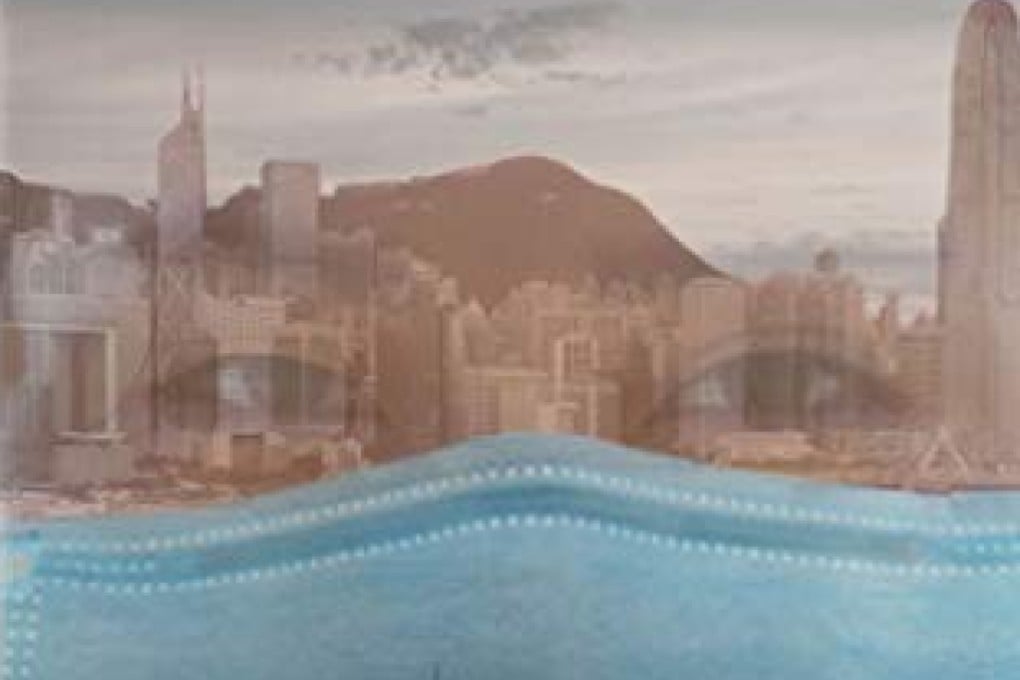Review | Hong Kong Writers Circle’s anthology Masking the City uses allegory to explore life in Hong Kong
A collection of tales from sixteen English-language authors reflects and refracts the reality of life in the city told through allegory

Masking the City: Hong Kong in Allegory edited by Nathan Lauer, Hong Kong Writers Circle
Writers’ groups provide isolated or gregarious literary artists with the comradeship of shared successes and shared commiserations. They vary from highly organised groups with clear writing and publication goals to rough collectives of drinkers in need of company.
Hong Kong Writers Circle has been bringing together English-language authors in the city since 1991, and is at the more structured and productive end of this spectrum. It conducts critical workshops, social meetups and produces an annual anthology. Previous editions have collected members’ stories of the ghosts of Hong Kong, crime and work.
This year, contributions to the anthology – to be launched at the Hong Kong International Literary Festival – were invited to shelter under the umbrella of allegory. Sixteen authors offer a range of often clever and sometimes very funny strategies for indirectly addressing contemporary life and its changes in Hong Kong. Forms range from legend-like tales through realist contemporary narratives to next-minute and high-fantasy strands of science fiction.

It is, editor Nathan Lauer indirectly suggests in his introduction, in the spirit of the age.